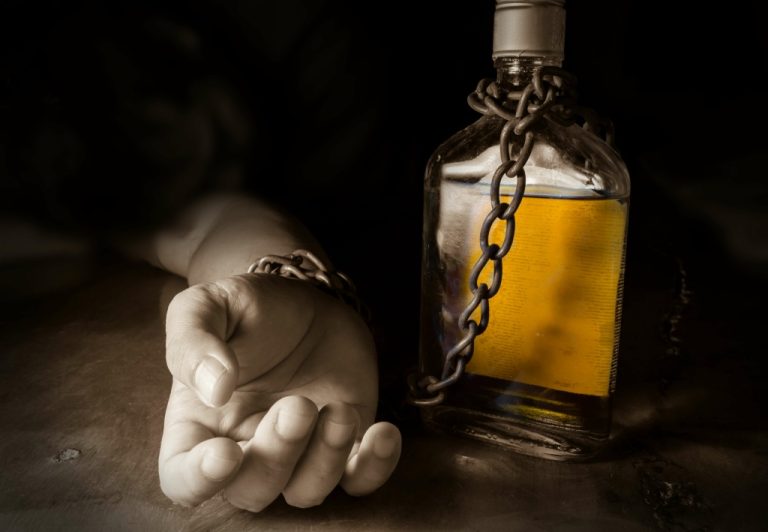Naloxone flushes the narcotic out of the brain’s receptors and can reverse the overdose, but it does not address the underlying opioid use disorder as addiction treatment would. If you or a family member is seeking treatment for acute or chronic pain, talk to your healthcare provider about pain medications or opioid addiction treatment therapies that aren’t opioids to avoid bringing opioids into your home. Behavioral therapies help people in drug addiction treatment modify their attitudes and behaviors related to drug use. As a result, patients are able to handle stressful situations and various triggers that might cause another relapse.
You may get them if you have severe pain from health conditions like cancer. SAMHSA’s mission is to lead public health and service delivery efforts that promote mental health, prevent substance misuse, and provide treatments and supports to foster recovery while ensuring equitable access and better outcomes. Preventing overdose death and finding treatment options are the first steps to recovery.
Opioids
Treatment may save a life and can help people struggling with opioid addiction get their lives back on track by allowing them to counteract addiction’s powerful effects on their brain and behavior. The overall goal of treatment is to return people to productive functioning in their family, workplace, and community. Withdrawal symptoms may increase in severity over 72 hours before beginning to ease. Unlike withdrawal from other drugs such as alcohol or benzodiazepines, withdrawal from opioids is uncomfortable but rarely life-threatening. Treatment can include supportive measures to ease symptoms and help ensure the person is safe, including administering methadone or buprenorphine. Opioid overdose treatment with naloxone can be used in an emergency situation when a person has taken an overdose of opioid drugs and has stopped breathing or is in danger of stopping breathing.

Between the years 2000 and 2020, the opioid death rate increased on average 13.9% each year. The money is distributed to the state and local units of government to treat opioid-use disorder. Opioid overdose is life-threatening and requires immediate emergency attention.
How opioid use disorder occurs
It is important to provide treatment for people struggling with opioid use disorder to prevent overdose or even death. Diagnosing drug addiction (substance use disorder) requires a thorough evaluation and often includes an assessment by a psychiatrist, a psychologist, or a licensed alcohol and drug counselor. Blood, urine or other lab tests are used to assess drug use, but they’re not a diagnostic test for addiction. However, these tests may be used for monitoring treatment and recovery. Nearly 75% of all drug overdose deaths in the U.S. involved an opioid in 2020.
- Opioid use disorder is a pattern of opioid use that causes life problems or distress.
- Methadone is a medicine provided in a clinic or inpatient setting to treat opioid use disorder.
- It typically involves an overpowering drive to use opioids despite consequences, increased opioid tolerance and/or withdrawal symptoms when you stop taking opioids.
- The chemical structure of heroin is similar to some prescription opioids, and it produces similar effects.
- These drugs can be part of a person’s therapy for opioid use disorder.
Naloxone can reverse the effects of an opioid overdose if it’s given to the person quickly. Medical attention is still urgently needed after the administration of naloxone. Talk to your children about how dangerous opioid drugs can be and why it’s important to use them (and all other medications) only as prescribed. If you think you or your child may be using opioids nonmedically or are developing dependence, seek help as soon as possible.


留言